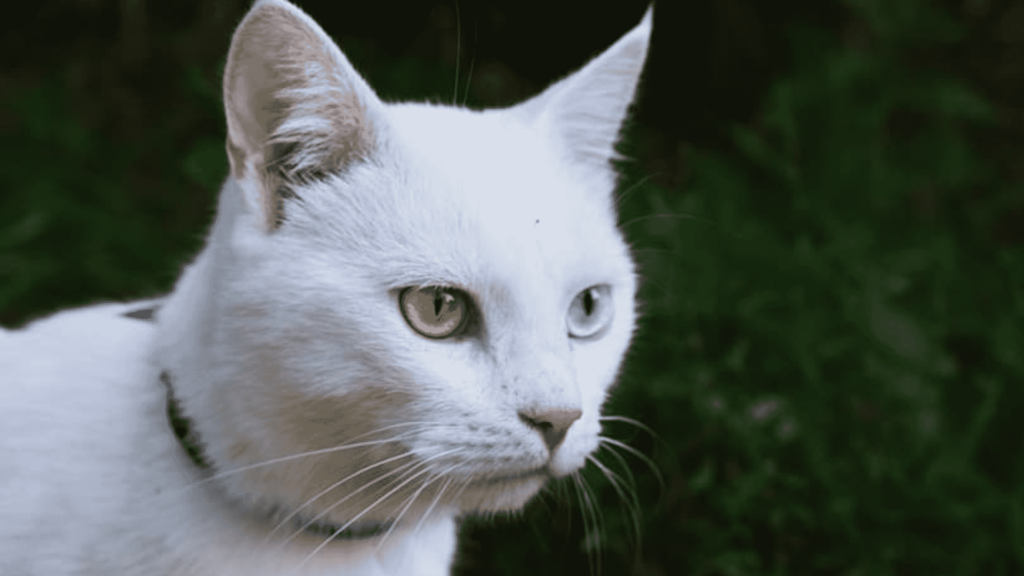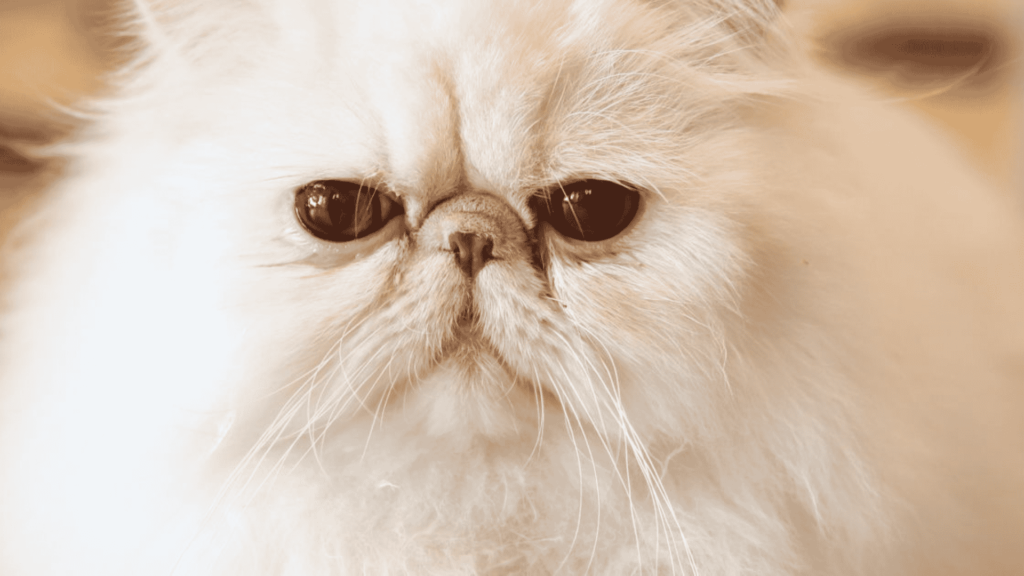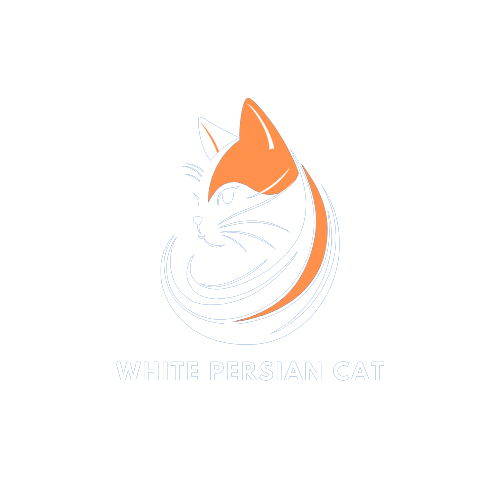Persian Cat Characteristics: Persian cats are one of the most recognizable and beloved breeds in the world of felines. Known for their luxurious coats and sweet demeanor, Persian cats have captured the hearts of cat enthusiasts for centuries.
The history of Persian cats can be traced back to ancient Persia, now modern-day Iran. These majestic cats were originally prized for their beauty and grace, often adorning the palaces of royalty and nobility.
Table of Contents
Physical Persian Cat Characteristics
Coat
The most distinctive feature of Persian cats is undoubtedly their long, flowing coat. This dense fur comes in a variety of colors and patterns, ranging from solid shades to bi-color and even tri-color combinations.
Body Structure
Persian cats have a distinctively round face with a short nose and large, expressive eyes. Their bodies are compact and muscular, giving them a regal appearance that matches their elegant demeanor. Persian Cat Characteristics.
Personality Traits
Temperament
Persian cats are known for their gentle and affectionate nature. They are often described as calm and laid-back, enjoying lounging in sunny spots and cuddling with their human companions. Persian Cat Characteristics.
Intelligence
While Persian cats may not be the most energetic or playful breed, they are incredibly intelligent and observant. They enjoy solving puzzles and engaging in interactive play, especially when it involves treats or toys.

Grooming Needs
Due to their long coats, Persian cats require regular grooming to keep their fur free from mats and tangles. Daily brushing is recommended to prevent hairballs and maintain their luxurious appearance. Persian Cat Characteristics.
Health Considerations
Common Health Issues
Persian cats are prone to certain health issues, including respiratory problems due to their flat faces and dental issues due to their small mouths. Regular veterinary check-ups are essential to monitor their health and address any concerns promptly. Persian Cat Characteristics.
Care Tips
Providing a balanced diet, regular exercise, and a stress-free environment are crucial for maintaining the health and well-being of Persian cats. Additionally, keeping their litter box clean and providing plenty of fresh water is essential for their overall health.
Feeding Requirements
Persian cats have specific dietary needs that should be met with high-quality cat food formulated for their breed. Avoiding overfeeding and monitoring their weight is important to prevent obesity and related health problems. Persian Cat Characteristics.
Living Environment
Persian cats thrive in a calm and quiet environment where they can relax and feel safe. Creating cozy spots for them to nap and providing vertical space for climbing and exploration will enrich their living environment.
Interaction with Other Pets
While Persian cats are generally friendly and sociable, they may prefer the company of other cats or small, gentle dogs. Proper introductions and supervised interactions are key to ensuring harmony among pets in the household.

Exercise Needs
While Persian cats are not known for their athleticism, they still require regular exercise to maintain a healthy weight and prevent boredom. Interactive toys and short play sessions are ideal for keeping them mentally and physically stimulated. Persian Cat Characteristics.
Training Tips
Training a Persian cat requires patience and positive reinforcement. Rewarding good behavior with treats and praise will encourage them to learn commands and engage in desired behaviors.
Also Read: Hairless Cat Price in Australia: What to Expect 2024
Also Read: Dissolve Struvite Stones & Prevent Recurrence: Royal Canin Urinary So Wet Cat Food 2024
Conclusion
Persian Cat Characteristics: Persian cats are beloved for their stunning appearance, gentle demeanor, and intelligence. By understanding their unique characteristics and providing them with proper care and attention, Persian cat owners can enjoy a rewarding and fulfilling companionship with these majestic felines.
FAQs
Are Persian cats hypoallergenic?
No, Persian cats are not hypoallergenic. While they may produce fewer allergens than some other breeds due to their minimal shedding, they can still trigger allergic reactions in sensitive individuals.
How often should I groom my Persian cat?
It’s recommended to groom your Persian cat daily to prevent mats and tangles in their long fur. Regular grooming also helps to reduce shedding and minimize the risk of hairballs.
Do Persian cats get along with children?
Yes, Persian cats are generally tolerant and gentle with children. However, it’s essential to teach children how to interact respectfully with cats and supervise their interactions to prevent any accidental harm to the cat or child.
Are Persian cats prone to any specific health problems?
Yes, Persian cats are susceptible to certain health issues, including respiratory problems, dental issues, and kidney disease. Regular veterinary care and a healthy lifestyle can help minimize the risk of these conditions.
What is the average lifespan of a Persian cat?
The average lifespan of a Persian cat is typically between 12 to 15 years, although some may live longer with proper care and attention.

